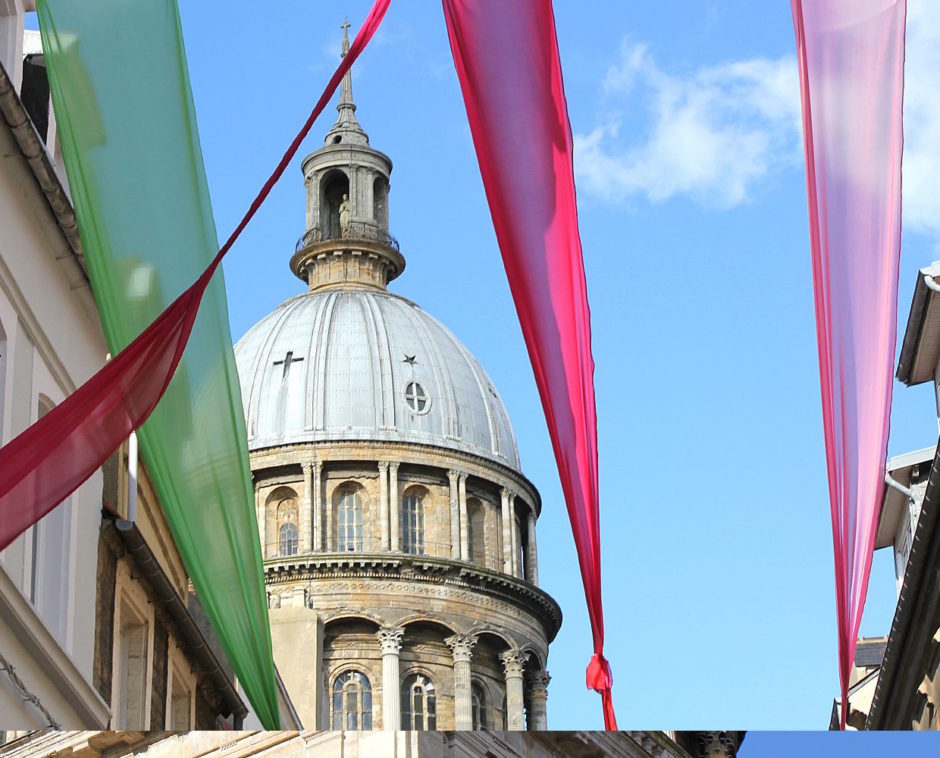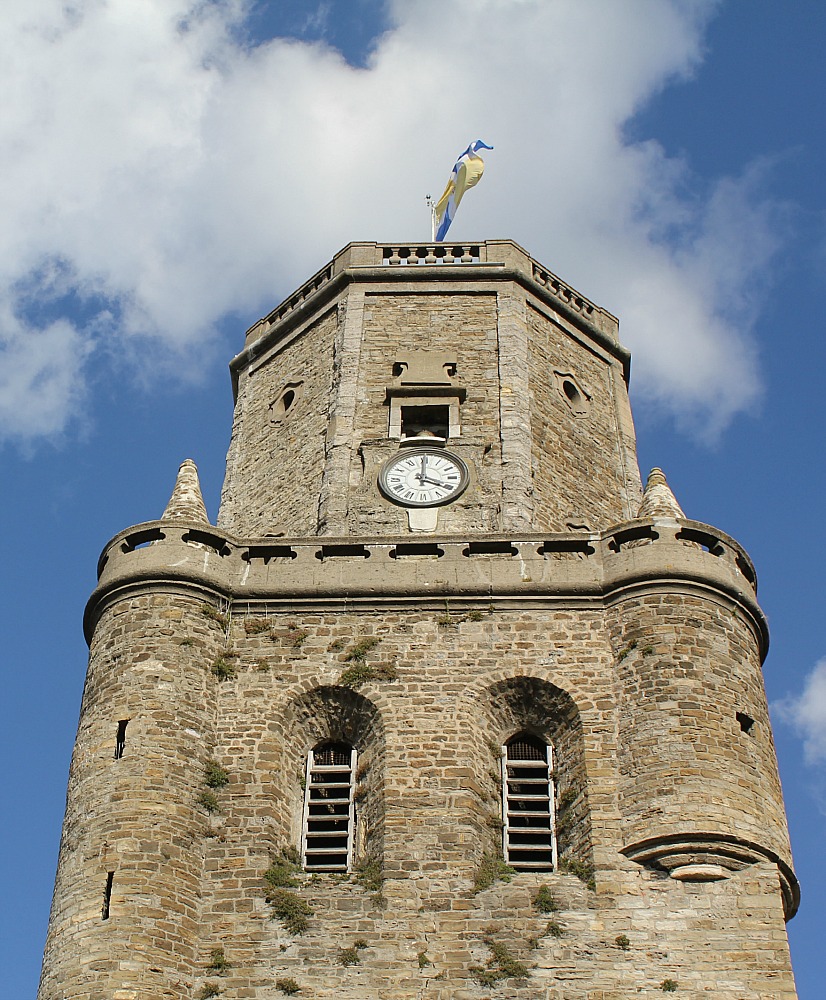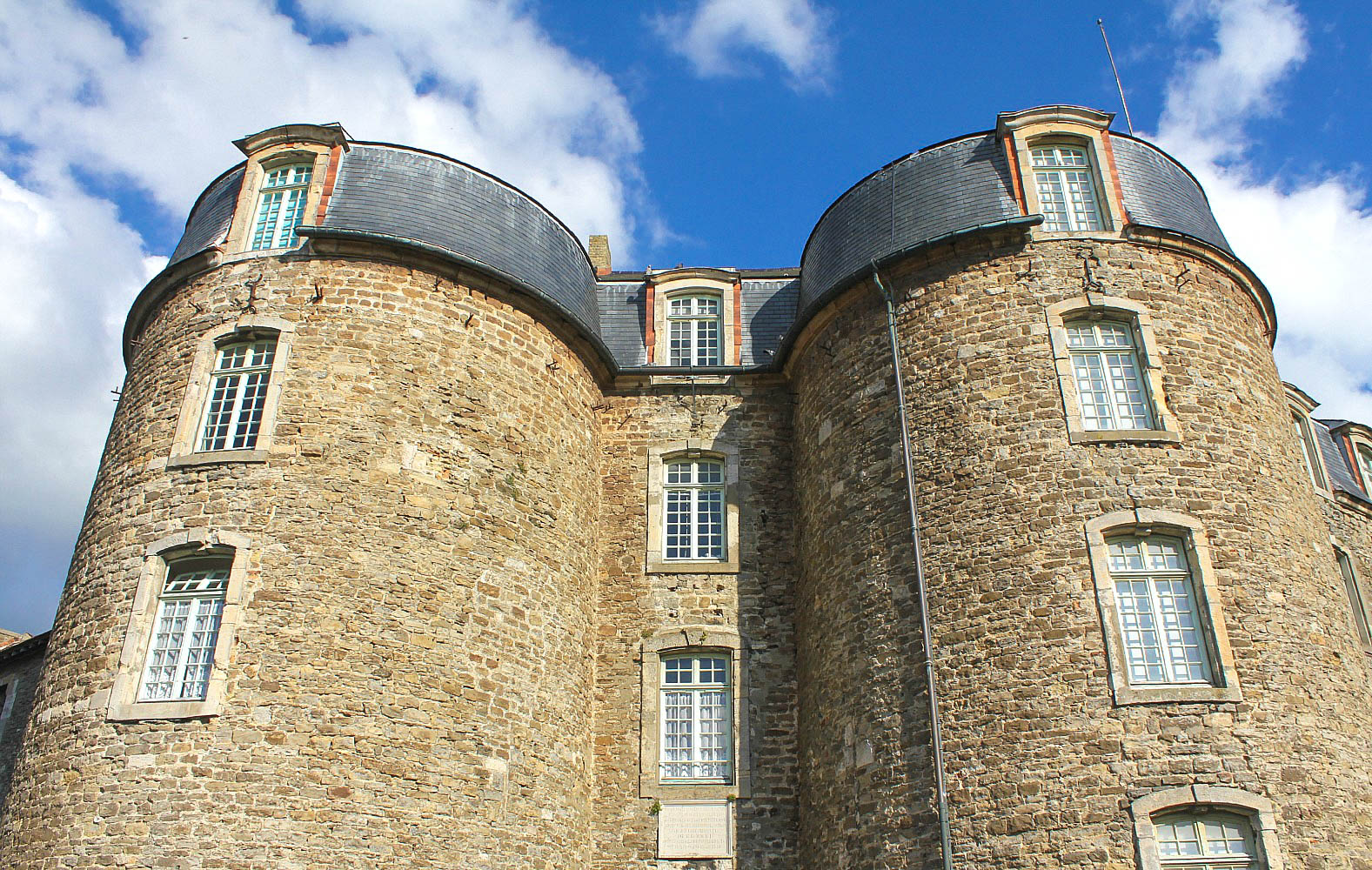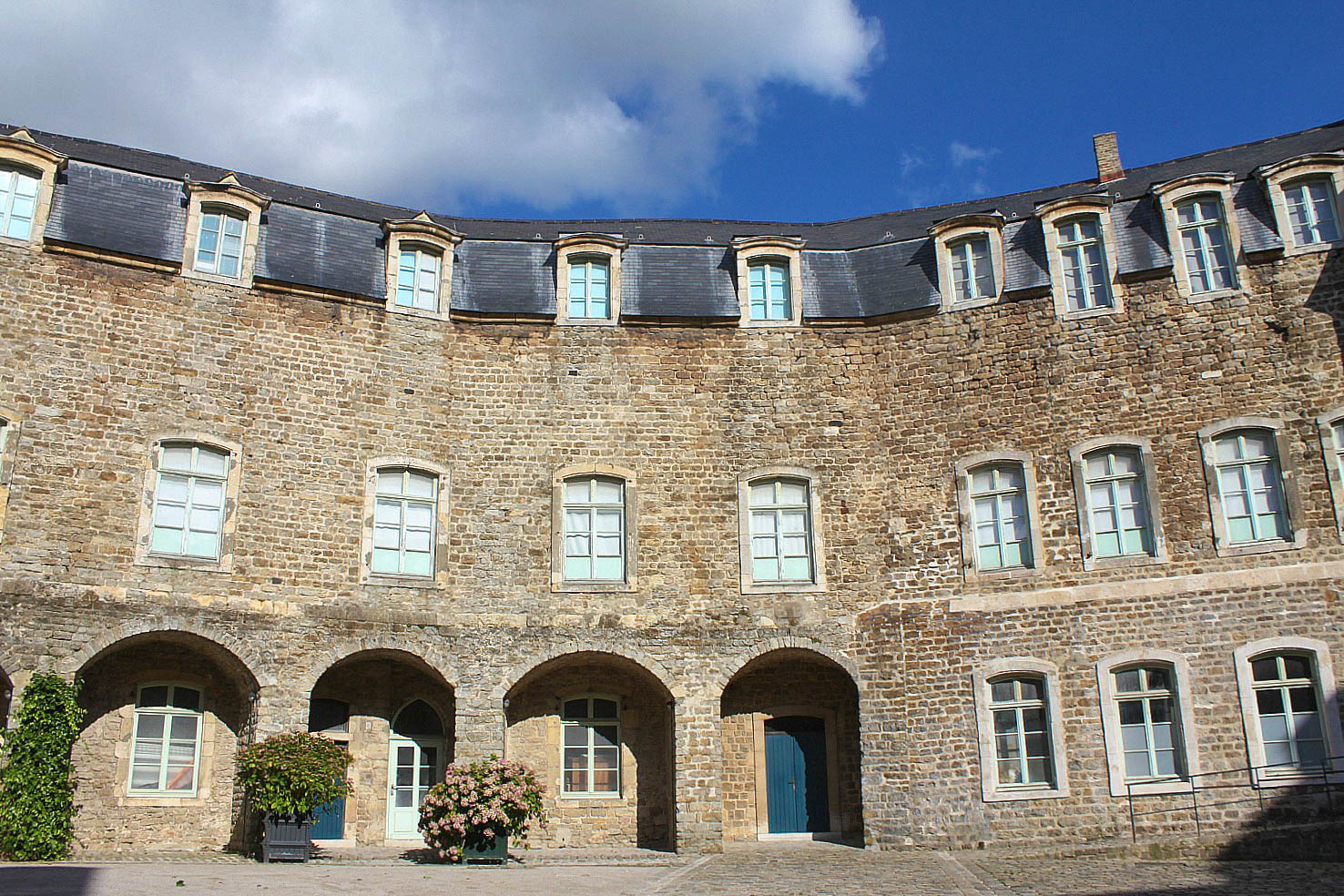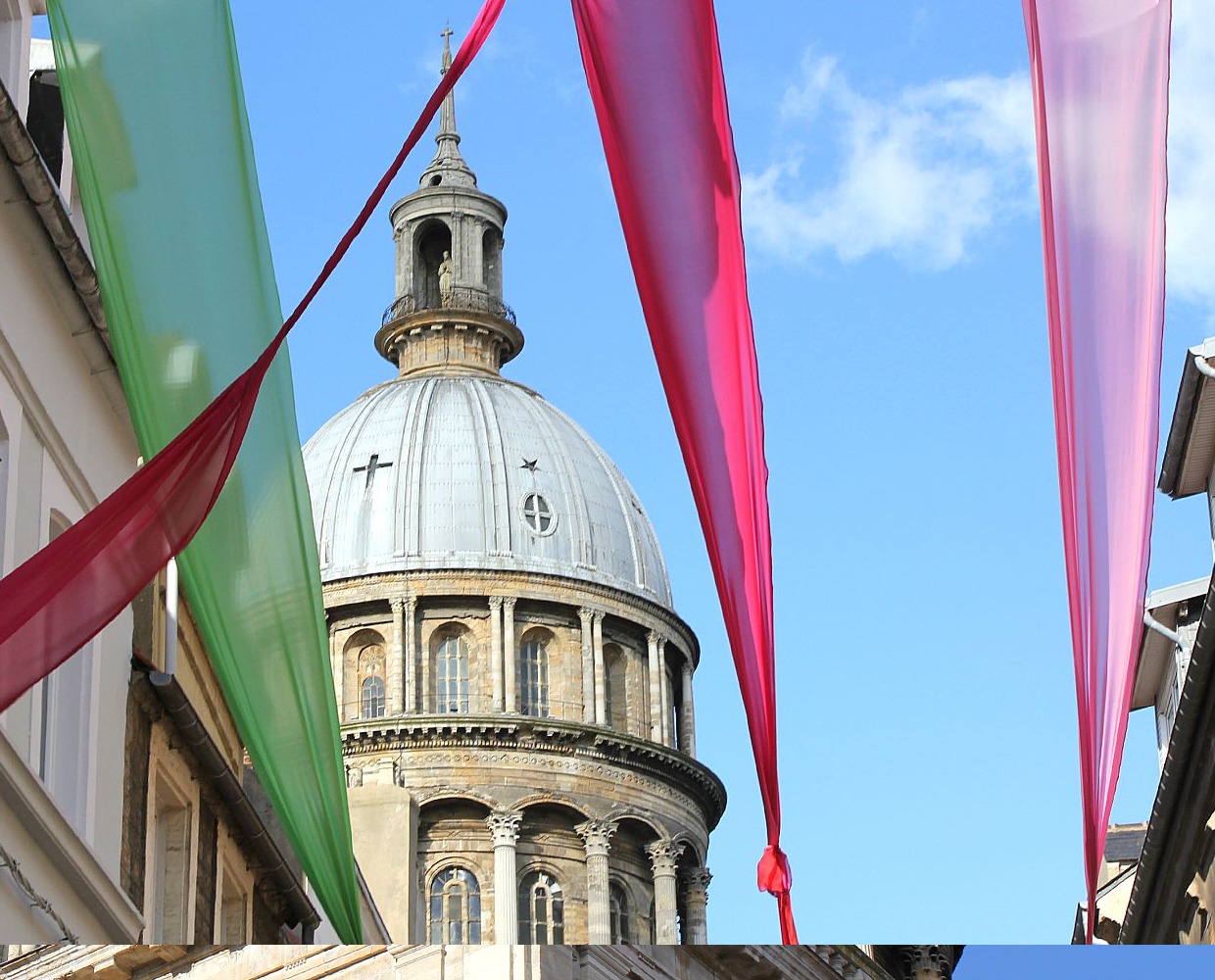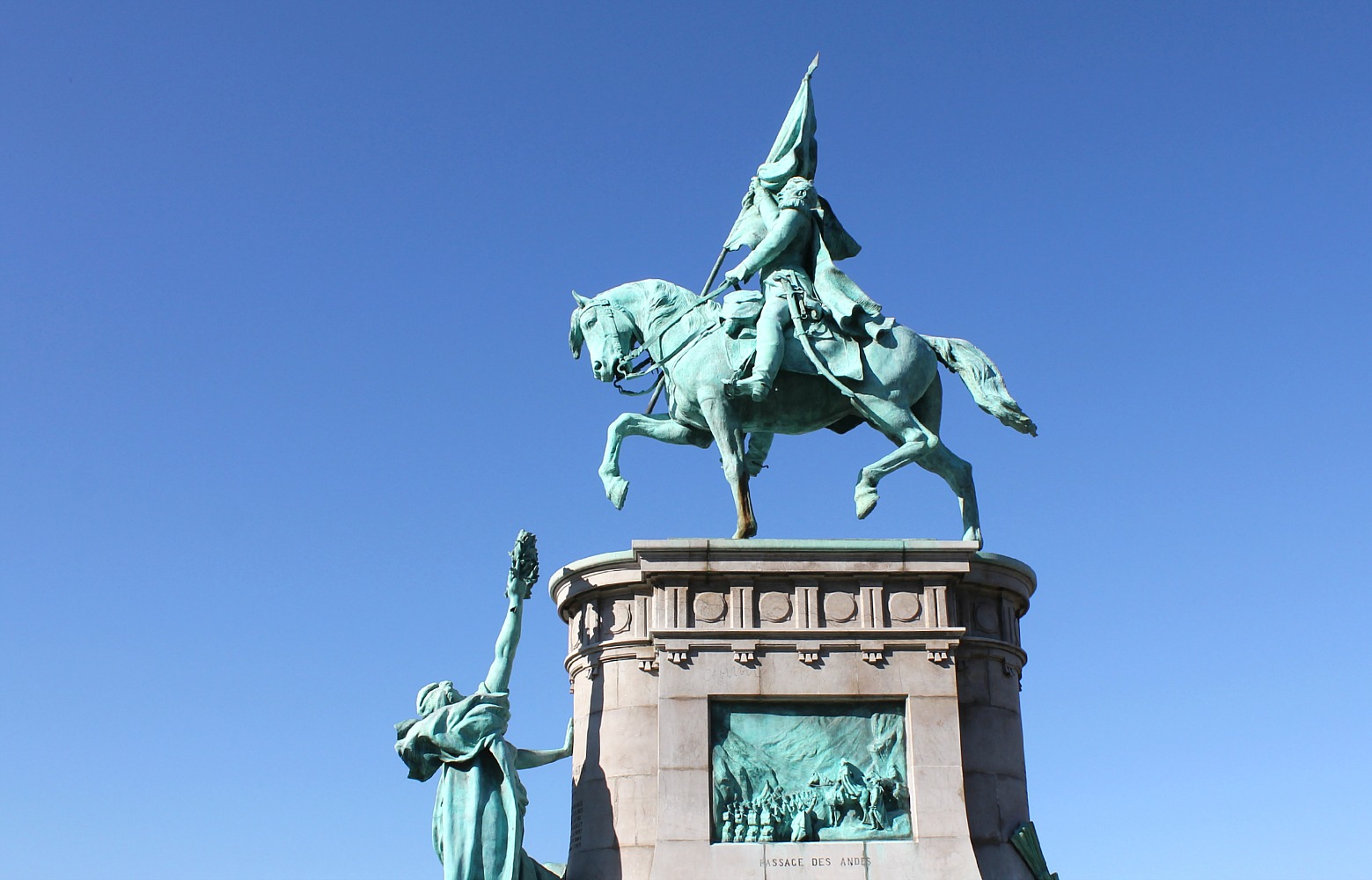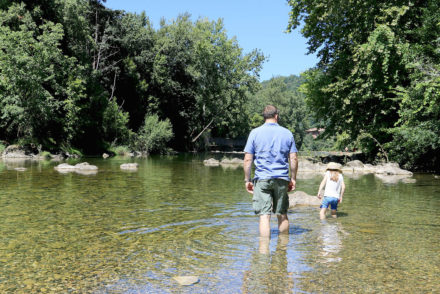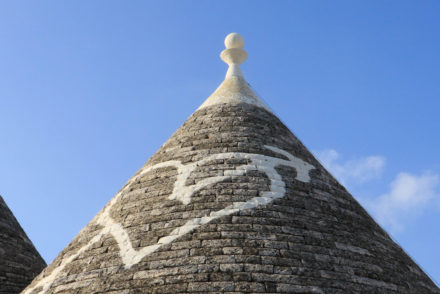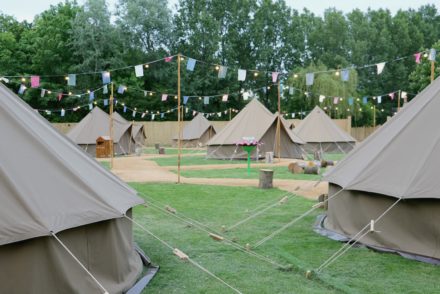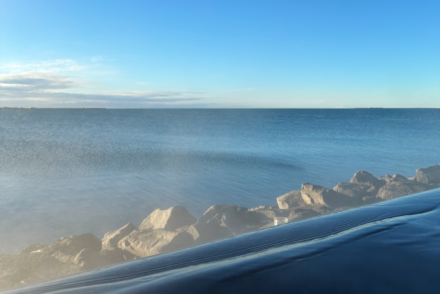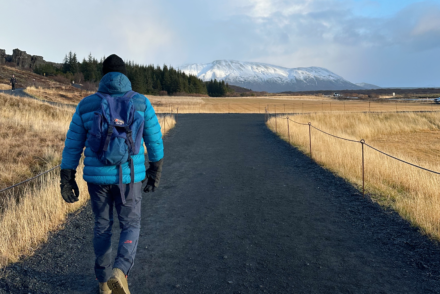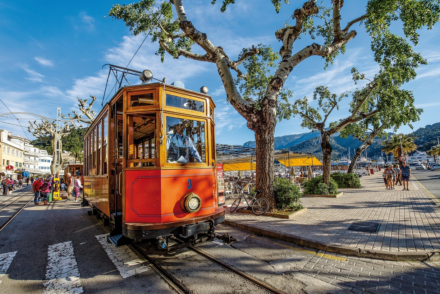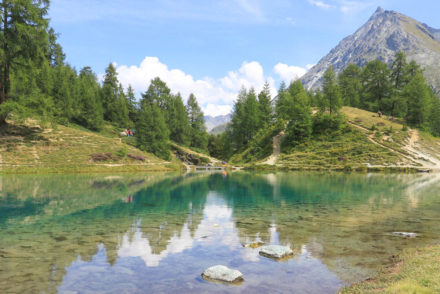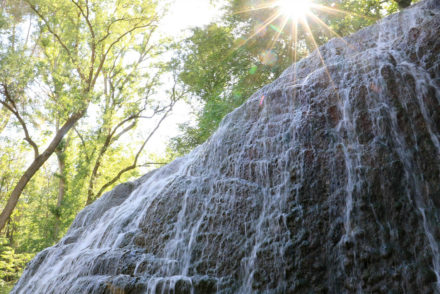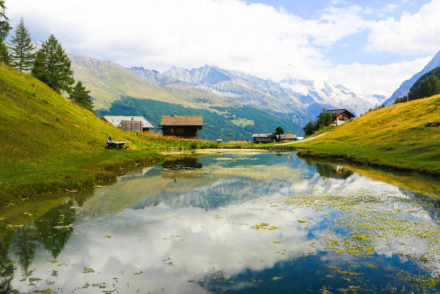If you fancy a getaway close to home, the Opal Coast, or Côte d’Opale, in France is great stretch of coastline to explore. Located just 20 minutes away from Calais, there are fishing villages, seaside towns and sandy beaches to discover. The D940 is a quiet route with dramatic scenery in abundance and views across the English Channel. This coastal route from Calais to Bolougne-Sur-Mer is full of surprises with the hidden charms very much part of the appeal. It’s the kind of region you want to venture back to as there’s so much to see and it’s super easy to get to. Here are just a few of the places we’ve on our travels there.
The pretty seaside town of Wissant is one of the last villages in France to use a flobart (wooden boat). There are also an array of restaurants (that finish serving at 2pm) and the beach is a mecca for surfers. We saw hundreds of kite surfers and surfers riding the waves with POD opting to run down the sandbanks. She fell over more times than I could possibly count but had the best time attempting to stay upright. She worked up a good appetite though so we opted for moules and frites afterwards.
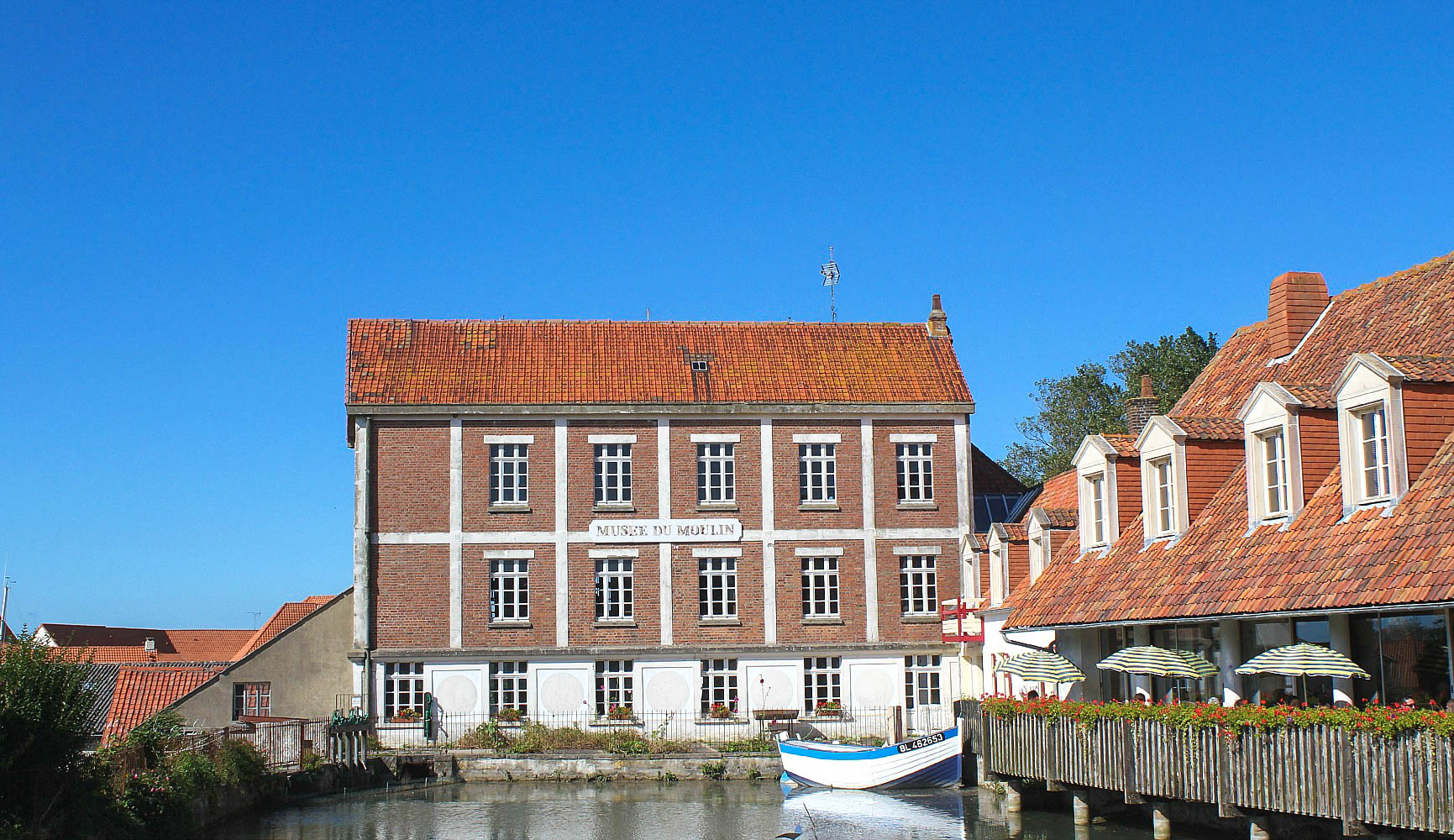
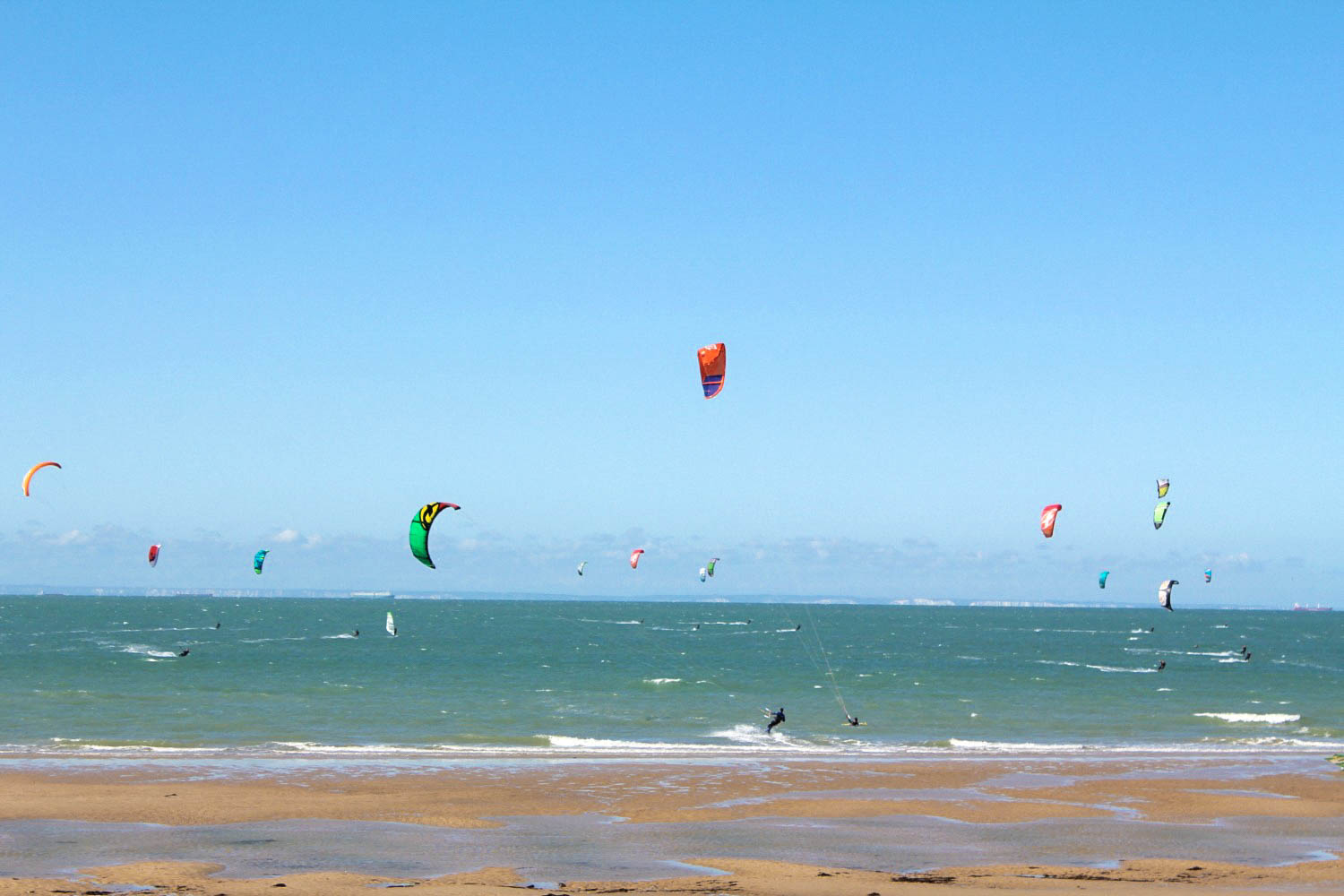
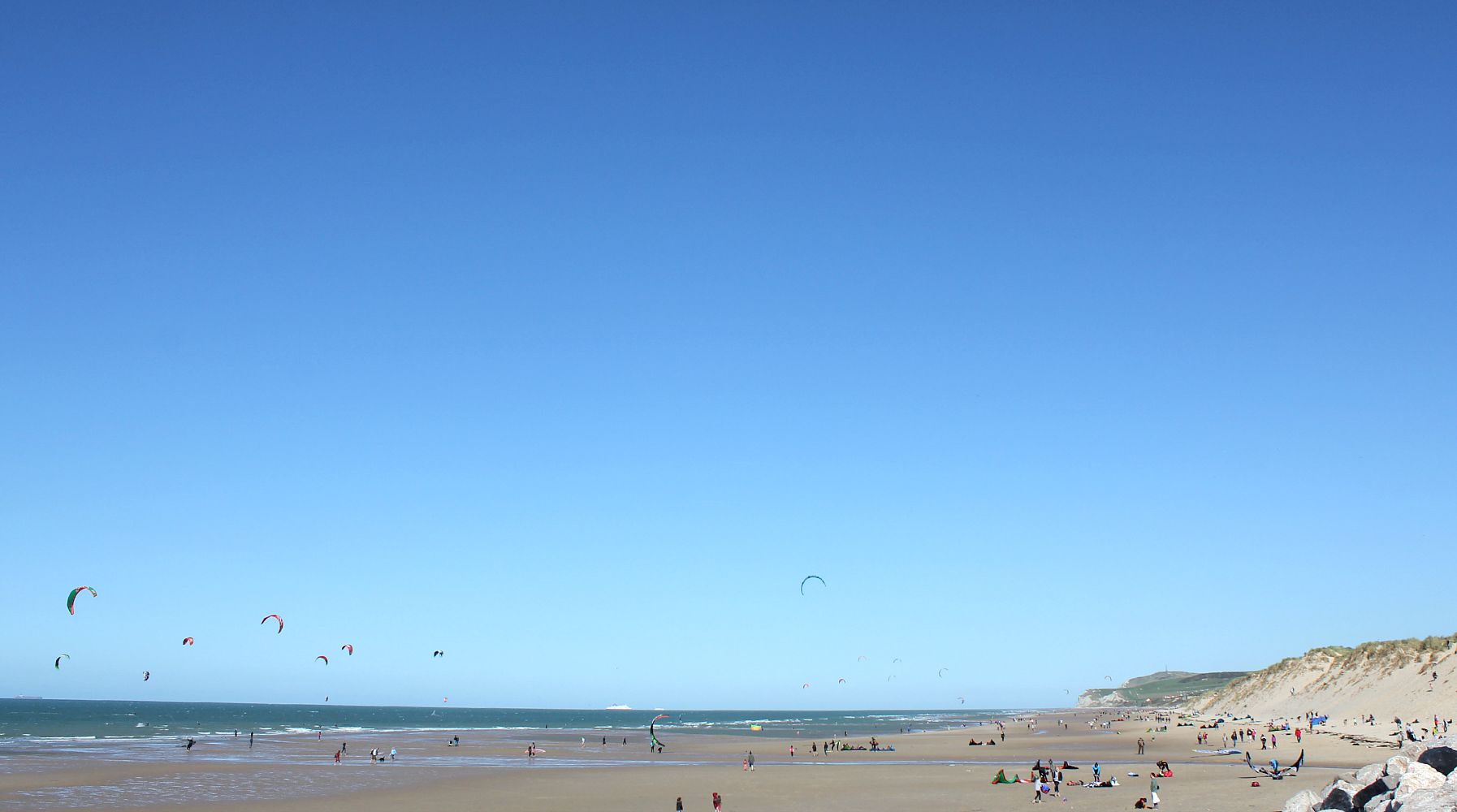
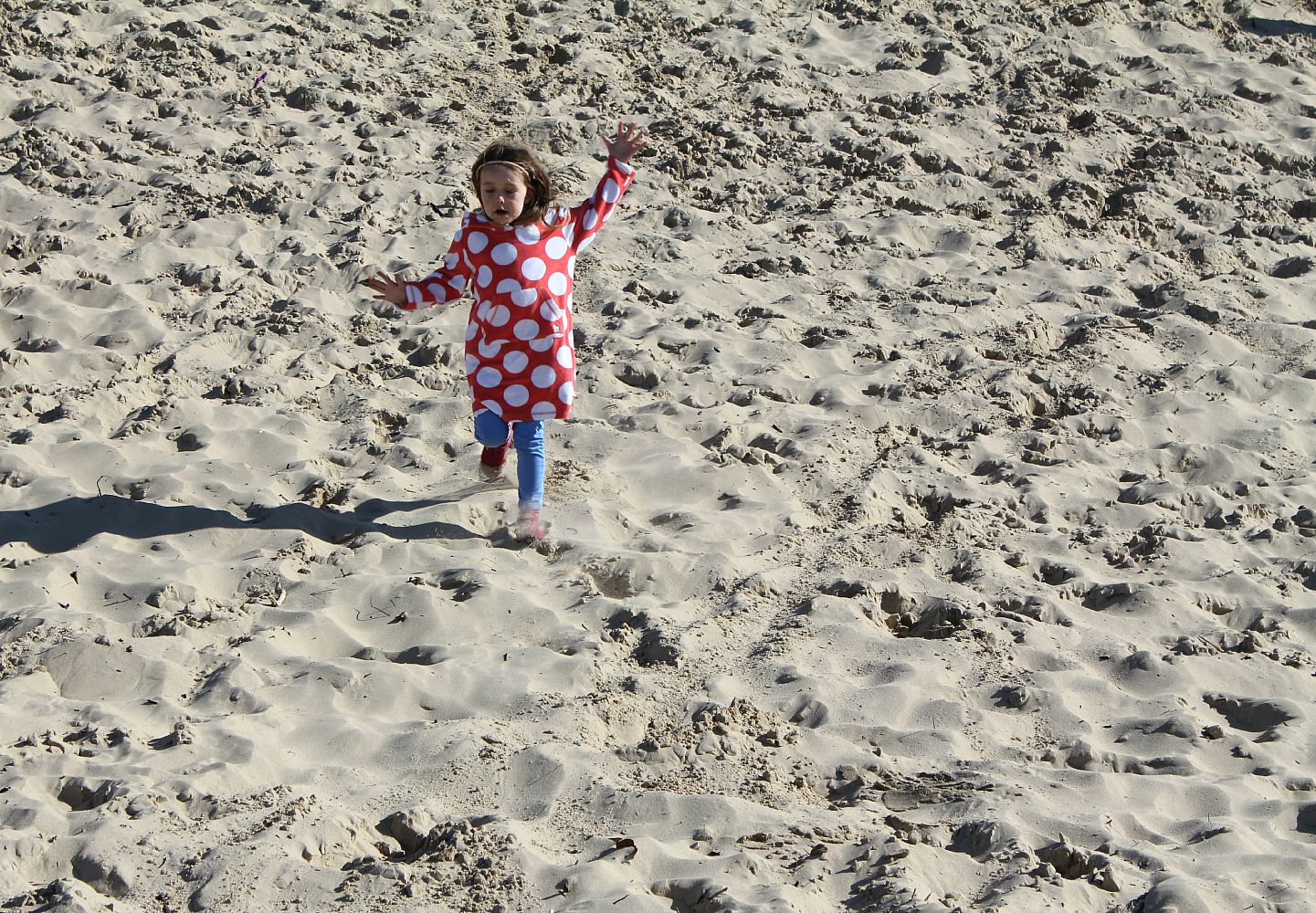
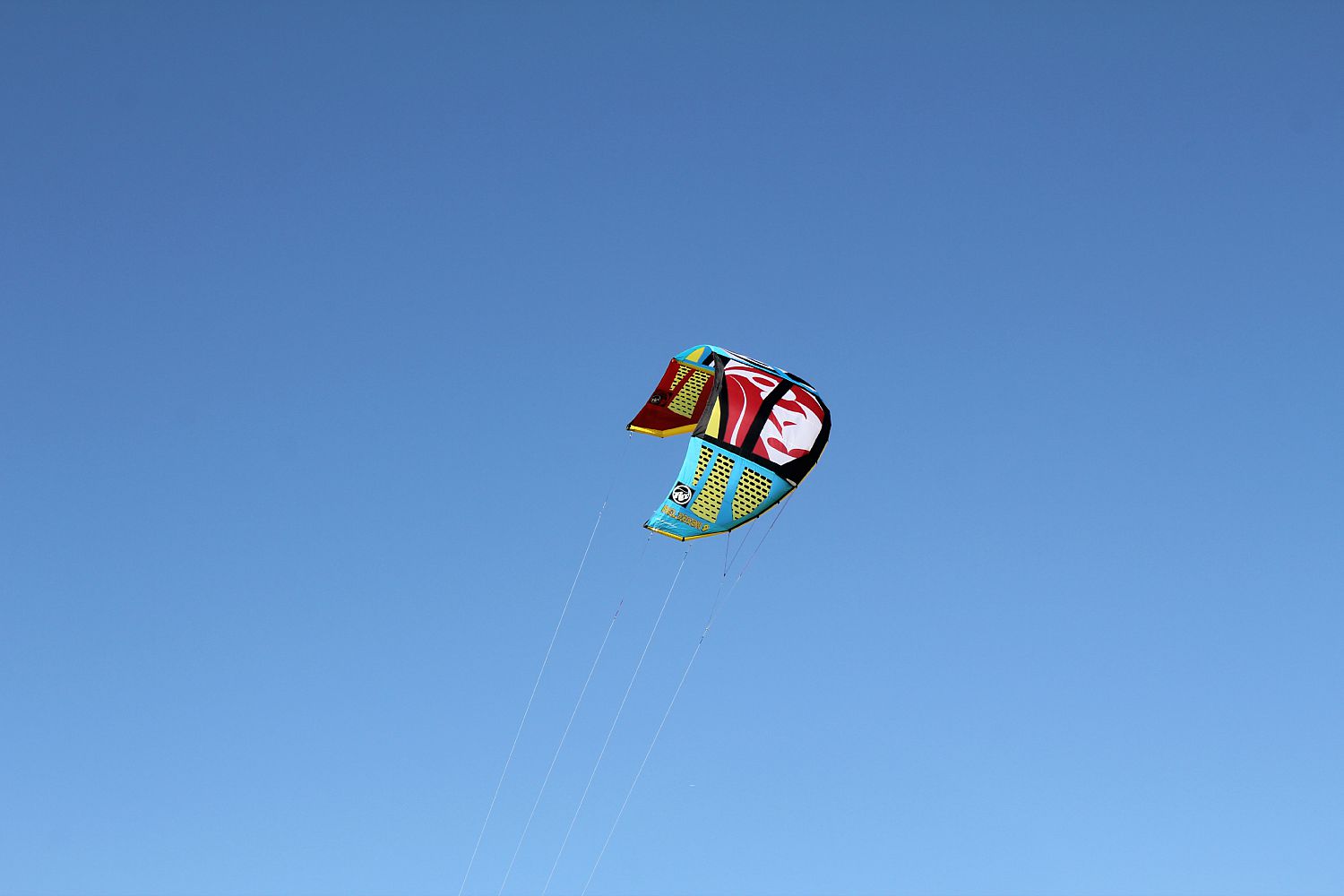 Listed since 1987, Cap Gris Nez and Cap Blanc Nez are both part of the network of Great Sites of France which also include Navacelles, Gorges du Verdon, Carcassonne and the Bay of Mont Saint Michel. There are waymarked trails from the car park to the peak of Cap Blanc Nez. Amid the chalky cliffs, bomb craters from World War II are still visible and there’s an obelisk at the summit. There are even three concrete bunkers that housed 406mm guns weighing 160 tonnes hidden beneath a lake. Cap Gris Nez commemorates the Dover Patrol who kept the channel safe in the First World War. On a clear day you can see the White Cliffs of Dover from here.
Listed since 1987, Cap Gris Nez and Cap Blanc Nez are both part of the network of Great Sites of France which also include Navacelles, Gorges du Verdon, Carcassonne and the Bay of Mont Saint Michel. There are waymarked trails from the car park to the peak of Cap Blanc Nez. Amid the chalky cliffs, bomb craters from World War II are still visible and there’s an obelisk at the summit. There are even three concrete bunkers that housed 406mm guns weighing 160 tonnes hidden beneath a lake. Cap Gris Nez commemorates the Dover Patrol who kept the channel safe in the First World War. On a clear day you can see the White Cliffs of Dover from here.
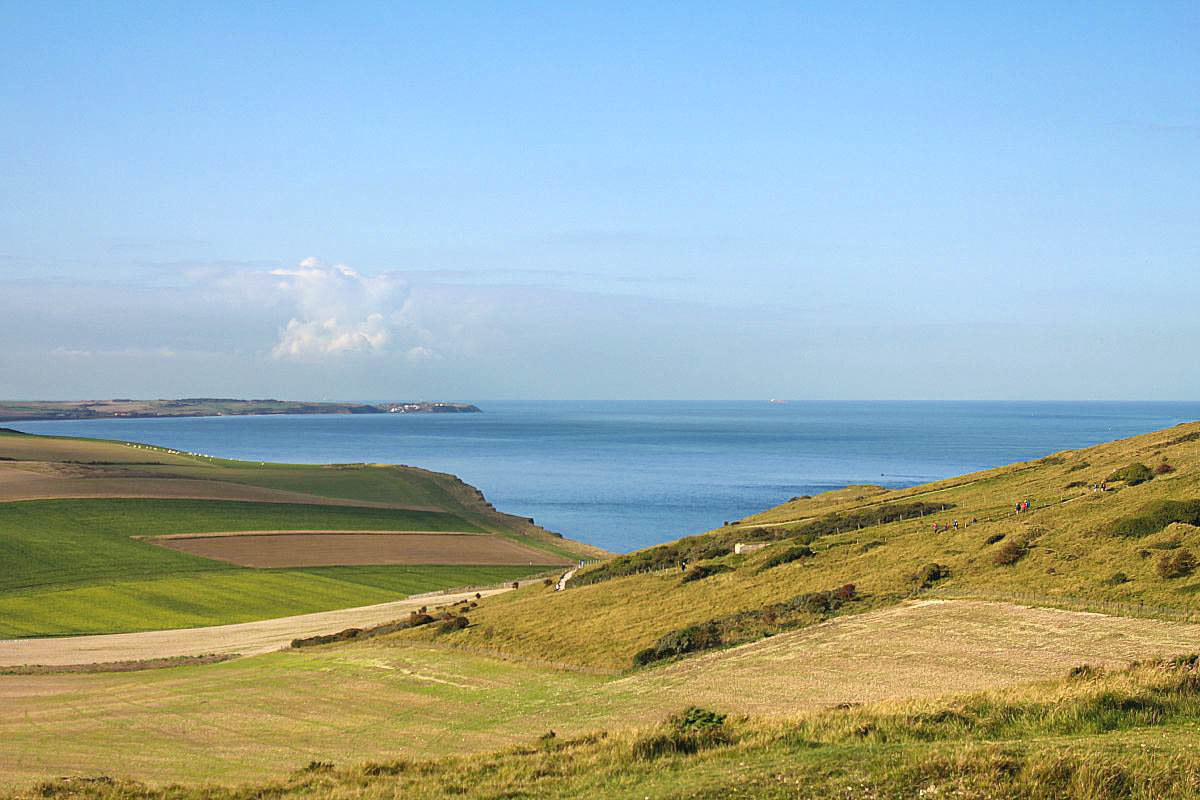
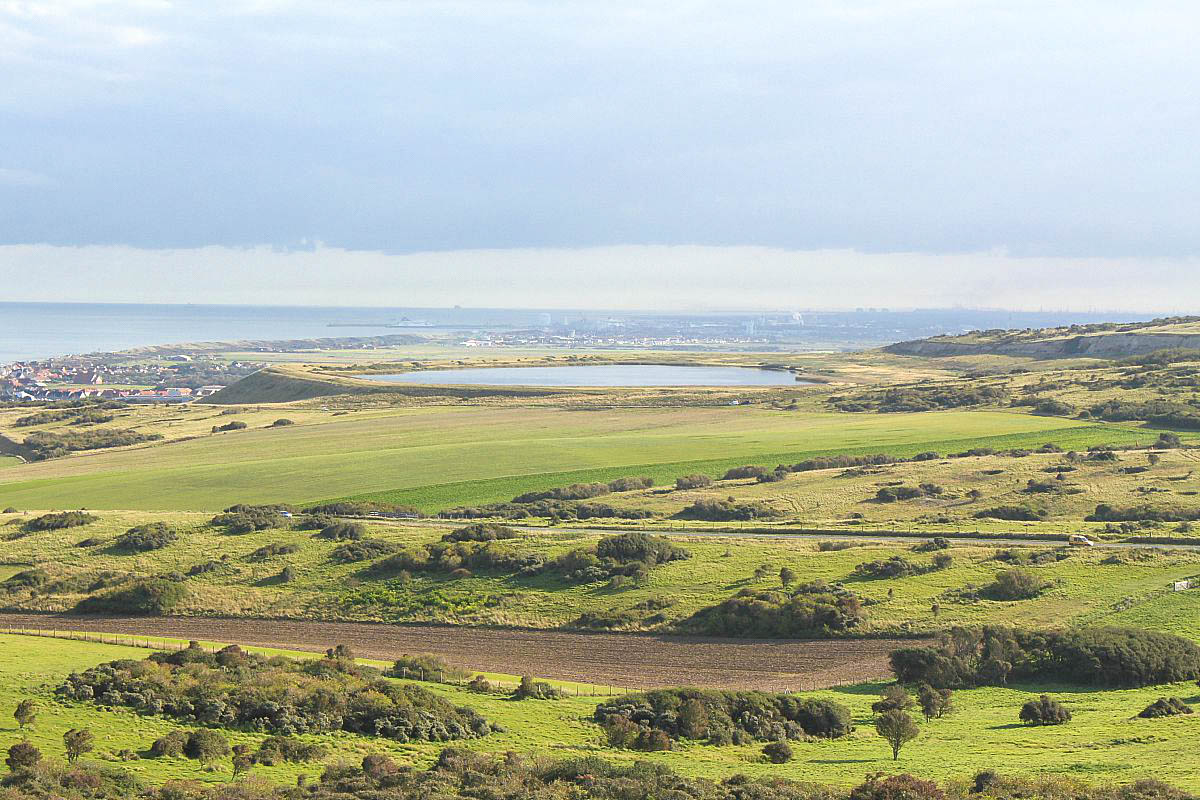
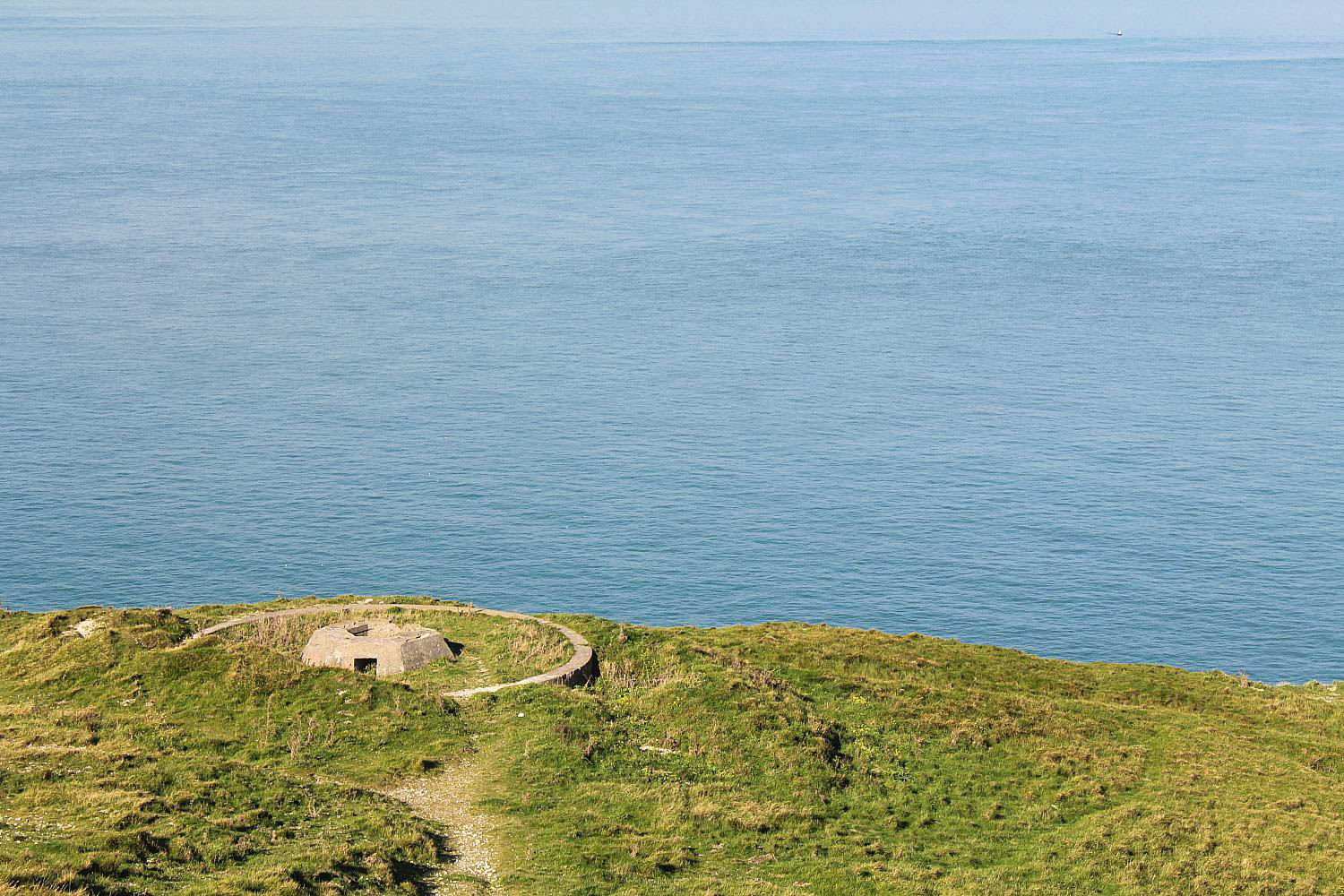
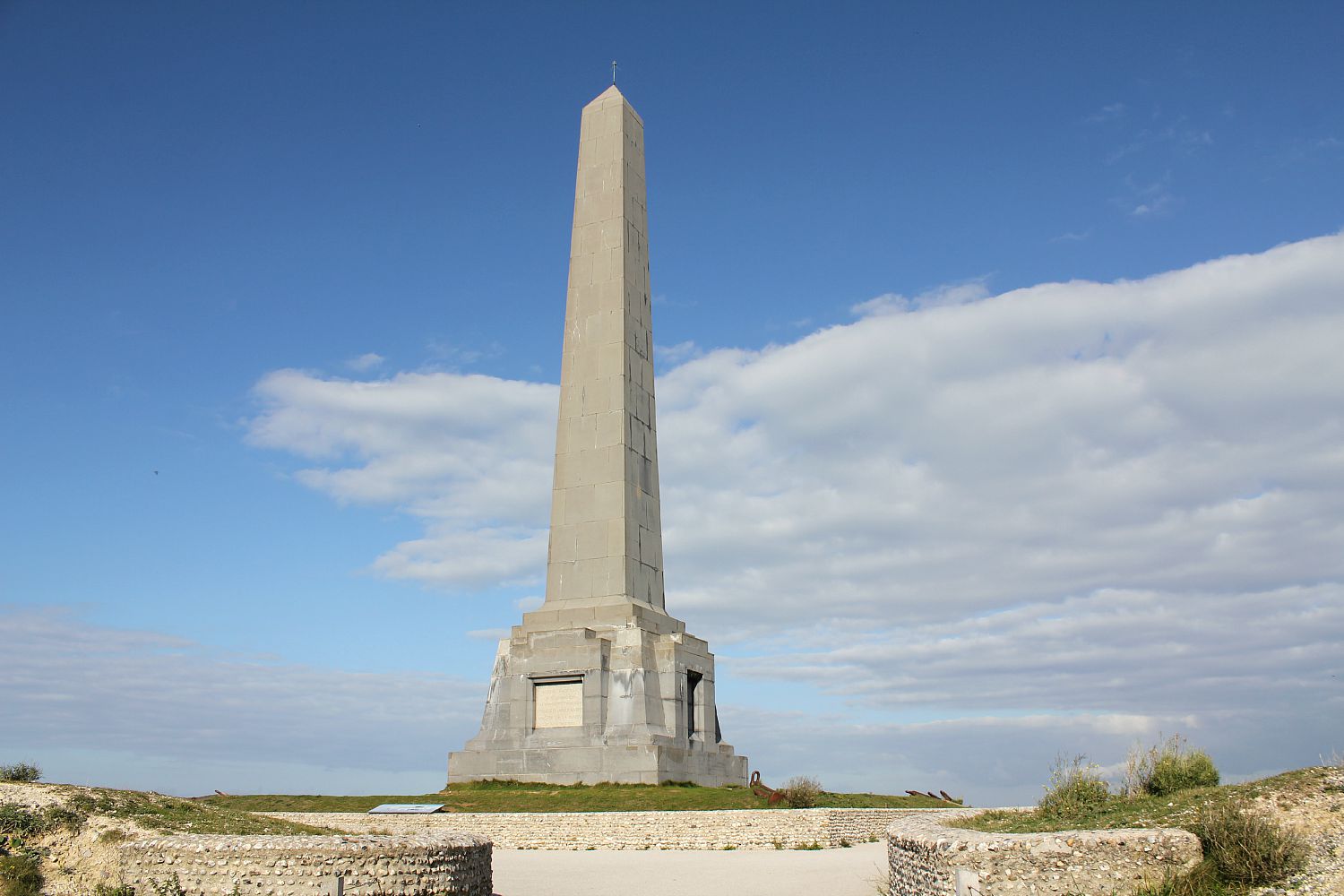 Cap Gris Nez is located a short drive away from Cap Blanc Nez in Audinghen which is where we discovered Batterie Todt. Built by the Germans in World War II, it formed an important part of the Atlantic Wall with 380mm calibre guns capable of reaching the British coast. Now known as the Musée du Mur de l’Atlantique (Museum of the Atlantic Wall), this museum is dedicated to military history. There are thousands of collectibles spread across ten rooms on three floors with weapons, uniforms and posters as well as reconstructed versions of the barracks, engine room and armoury. There is even a Krupp K5 canon outside along with military vehicles and sentry boxes.
Cap Gris Nez is located a short drive away from Cap Blanc Nez in Audinghen which is where we discovered Batterie Todt. Built by the Germans in World War II, it formed an important part of the Atlantic Wall with 380mm calibre guns capable of reaching the British coast. Now known as the Musée du Mur de l’Atlantique (Museum of the Atlantic Wall), this museum is dedicated to military history. There are thousands of collectibles spread across ten rooms on three floors with weapons, uniforms and posters as well as reconstructed versions of the barracks, engine room and armoury. There is even a Krupp K5 canon outside along with military vehicles and sentry boxes.
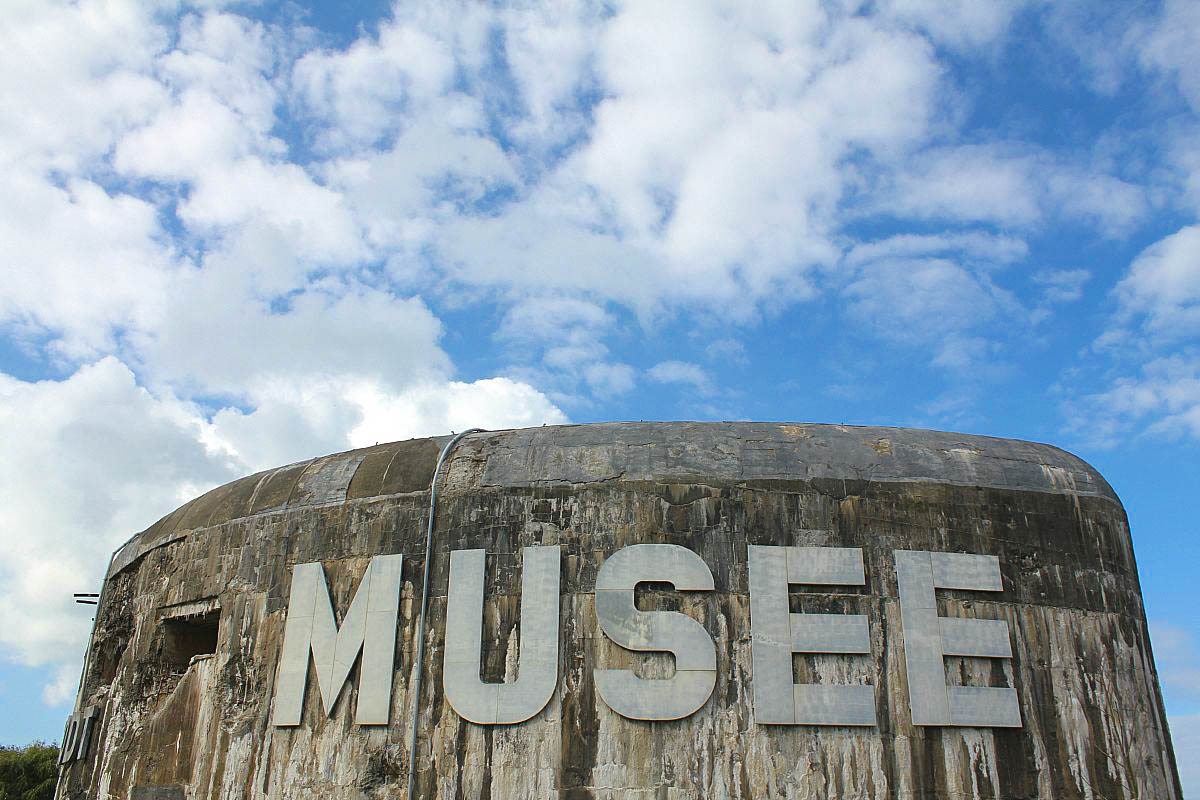
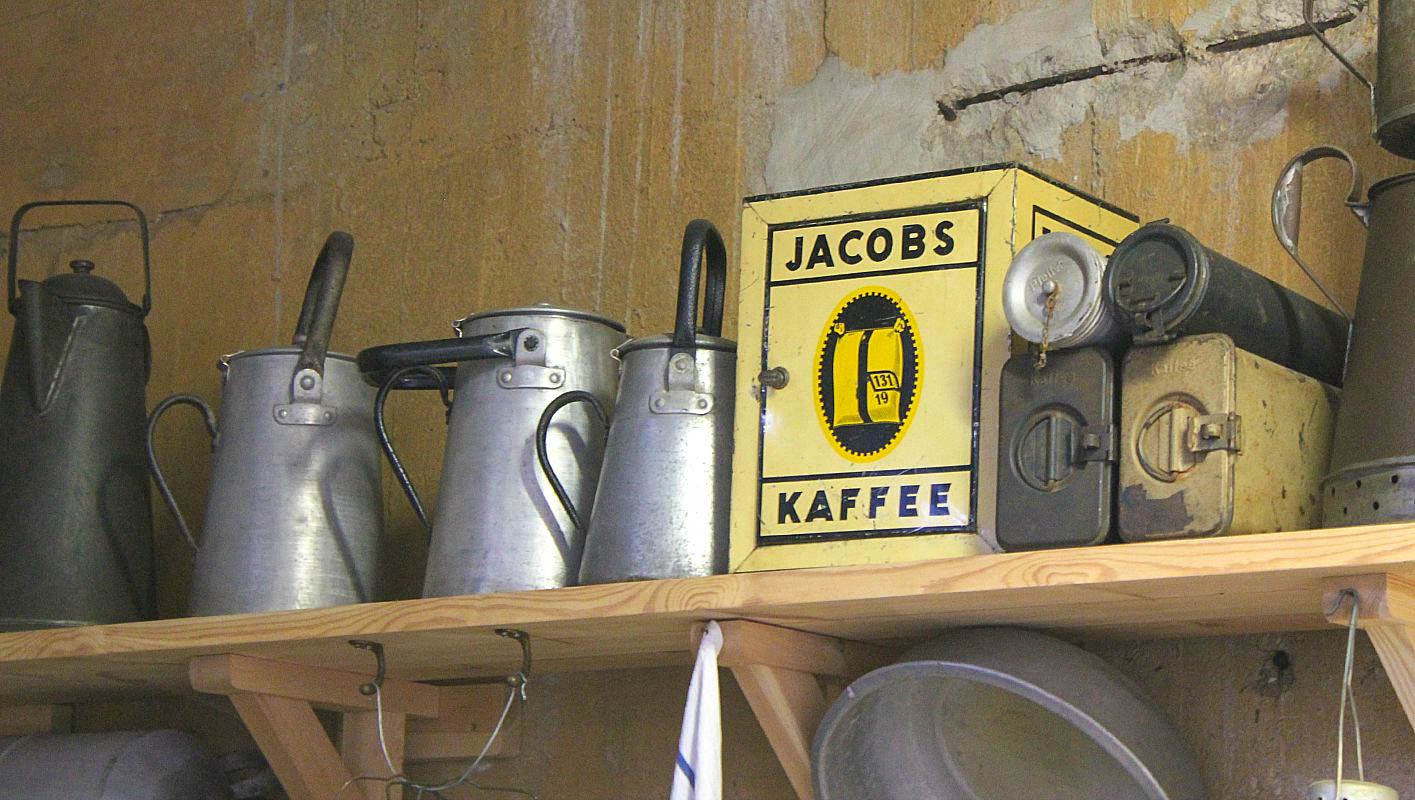 Audresselles is a lovely little fishing village with a population of less than 700. It has a central market square where there are restaurants serving mussels, crabs and shrimps. There are some beautiful houses to look at while wandering the streets and there are several places to eat if you’re not heading to the beach. There are two beaches at Audresselles, South Beach which heads towards Ambleteuse and North beach which is much wilder. There’s also a fort down by the seafront. The landscape is a mix of sand and pebbles with rock pools and plenty of wildlife – including seals if you’re very lucky!
Audresselles is a lovely little fishing village with a population of less than 700. It has a central market square where there are restaurants serving mussels, crabs and shrimps. There are some beautiful houses to look at while wandering the streets and there are several places to eat if you’re not heading to the beach. There are two beaches at Audresselles, South Beach which heads towards Ambleteuse and North beach which is much wilder. There’s also a fort down by the seafront. The landscape is a mix of sand and pebbles with rock pools and plenty of wildlife – including seals if you’re very lucky!
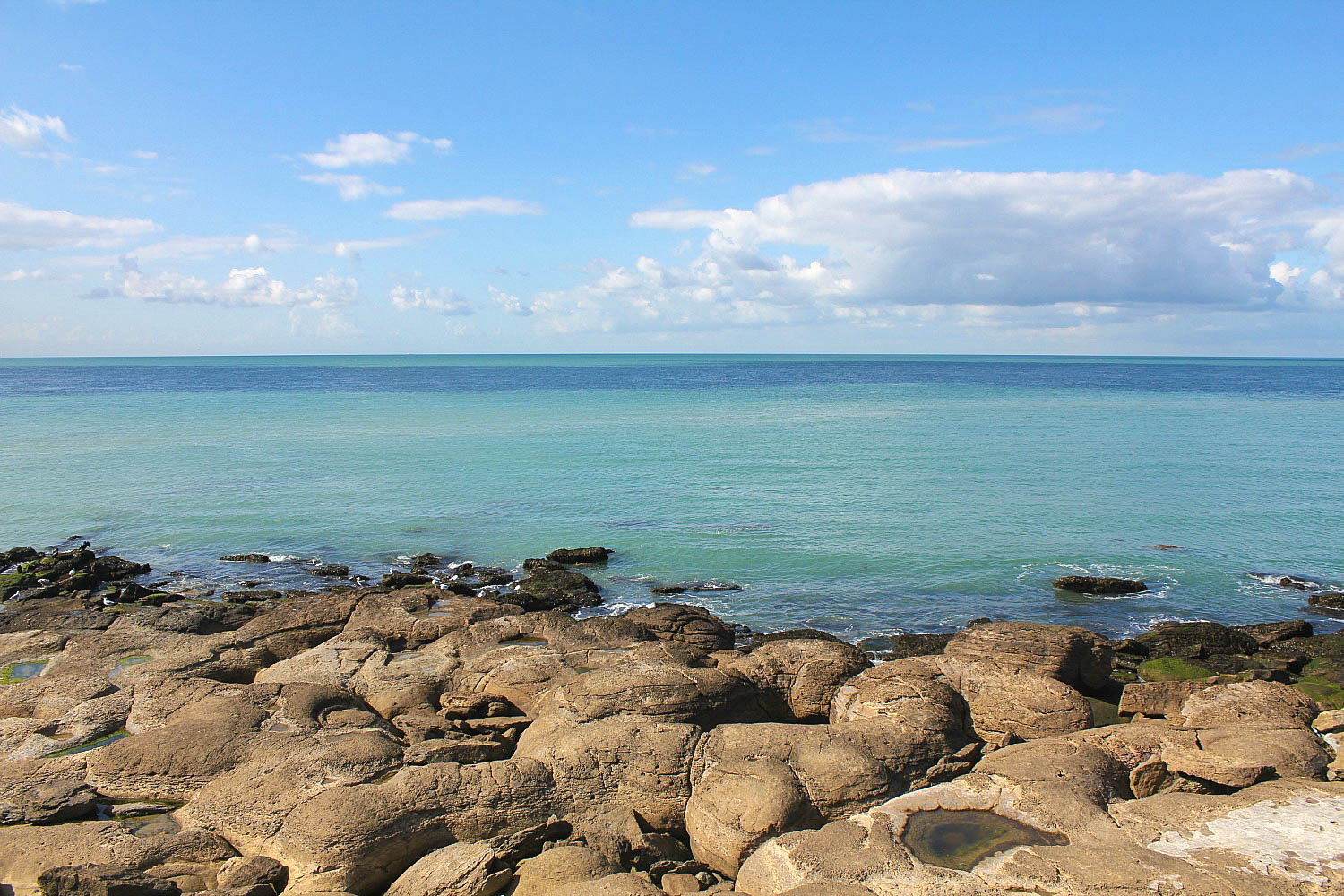
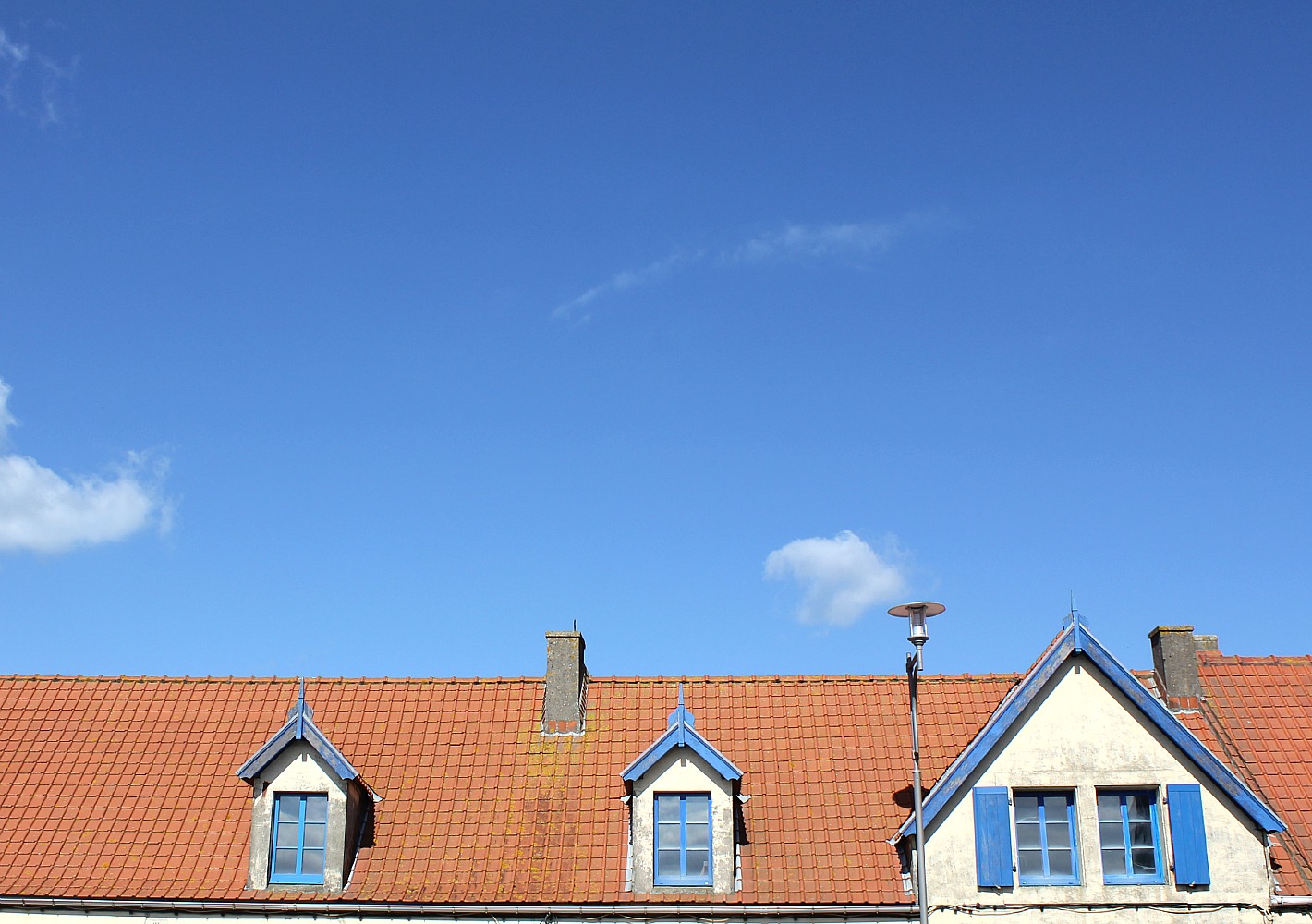 The fishing village of Ambleteuse was discovered by Louis XIV in 1680 who decided to make it a military port. Fort d’Ambleteuse still stands on the beach. Although the museum was closed when we arrived we did get to see a bride and groom having their photographs taken nearby, that’s not something you see every day! POD also got to have a look in the nearby rock pools on a quest to find some crabs. Now a World Heritage Site, Fort d’Ambleteuse has been renovated several times since it was built. The Germans used it during World War II when it was mostly destroyed.
The fishing village of Ambleteuse was discovered by Louis XIV in 1680 who decided to make it a military port. Fort d’Ambleteuse still stands on the beach. Although the museum was closed when we arrived we did get to see a bride and groom having their photographs taken nearby, that’s not something you see every day! POD also got to have a look in the nearby rock pools on a quest to find some crabs. Now a World Heritage Site, Fort d’Ambleteuse has been renovated several times since it was built. The Germans used it during World War II when it was mostly destroyed.
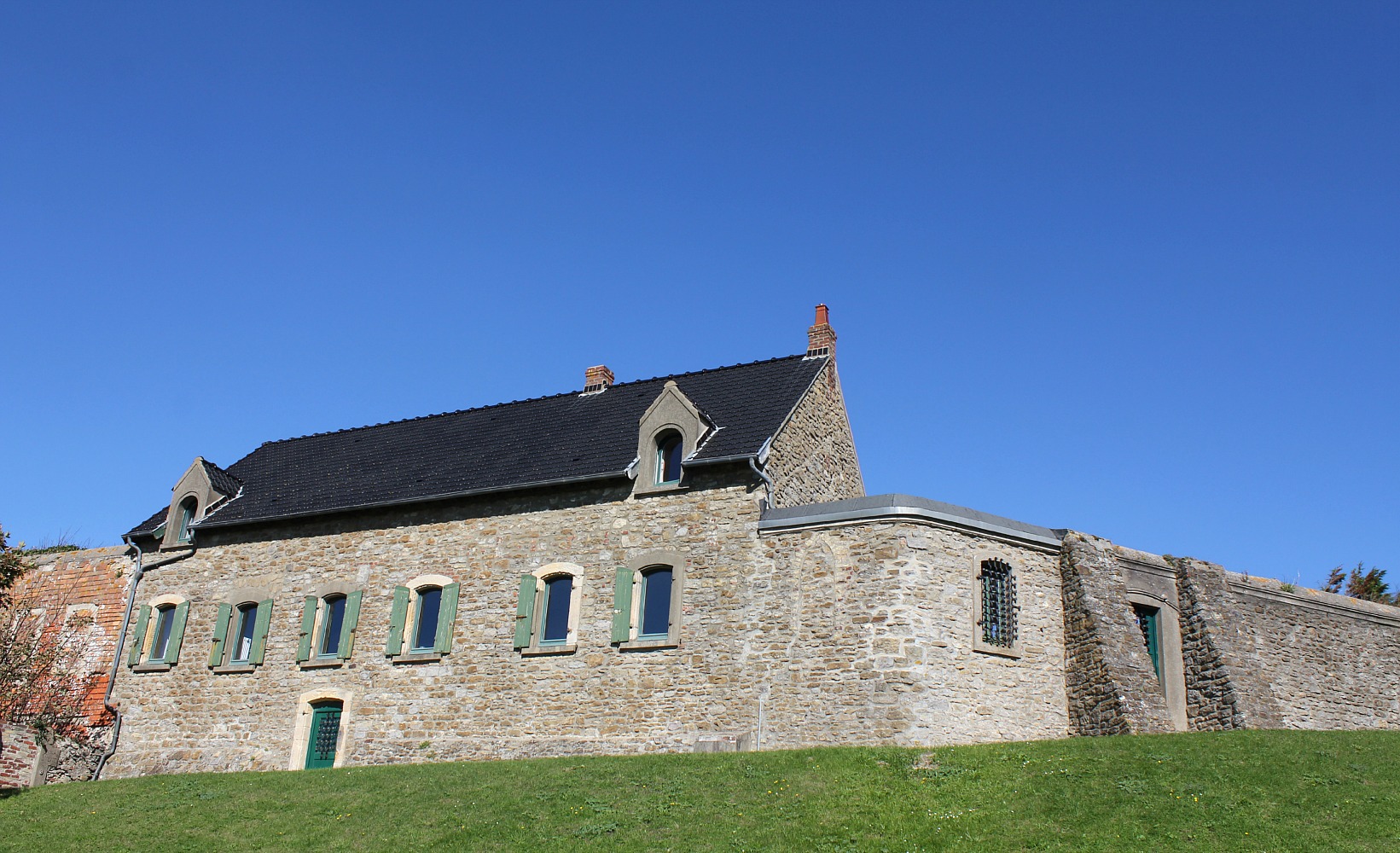
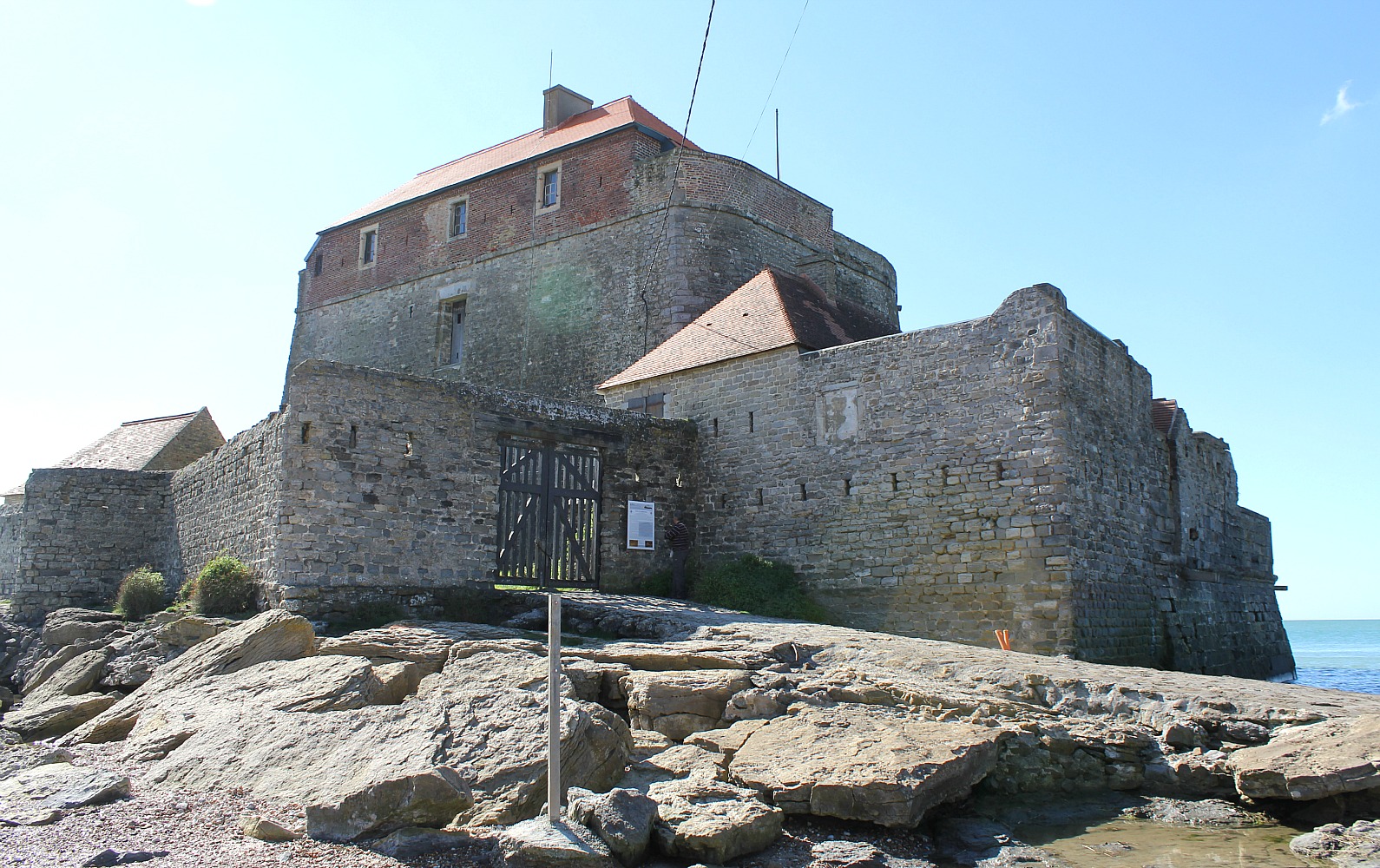
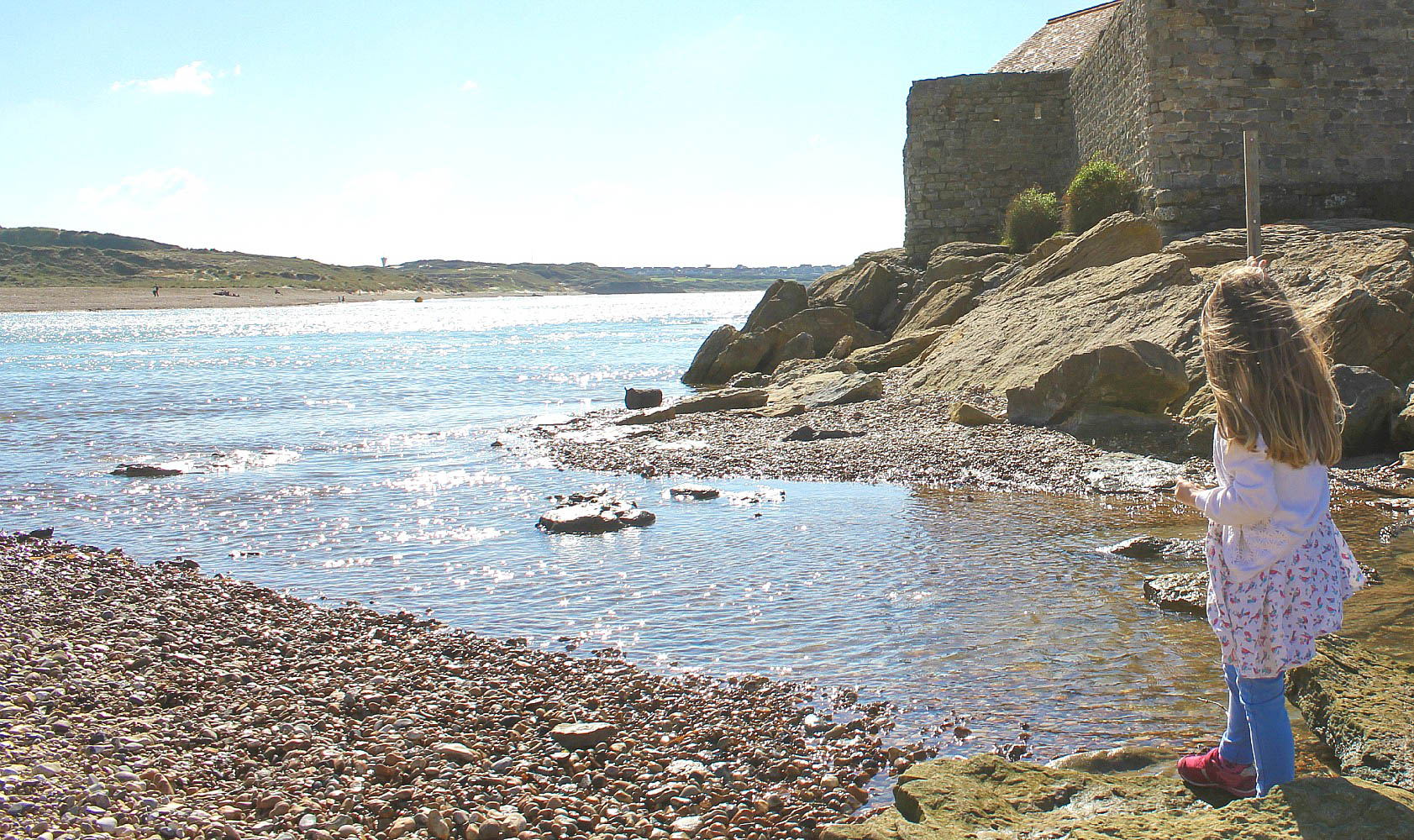 Wimereau is a much busier town and we stopped there briefly for food before reaching Boulogne-Sur-Mer. The old town was our favourite part with the Belfry one of the first historic sites we passed. It’s an UNESCO World Heritage Site and was once a dungeon. The Château de Boulogne-sur-Mer is the castle which houses the Boulogne museum with collections by some of Boulogne’s famous names including Pinart, Hamy, Mariette and Lebeau. The cobbled Rue de Lille is the main street to the Basilica – the most prominent landmark in Boulogne. It has a dome over 100 metres high which can be seen from much of the city. The cathedral crypt, Crypt of Notre Dame, is said to be the second largest in France with fourteen chambers. While in Boulogne-Sur-Mer we had to visit NAUSICAA aquarium which is particularly impressive with a tropical lagoon, shark aquarium and sea lion reserve. POD even got to stroke a sting ray while we were there.
Wimereau is a much busier town and we stopped there briefly for food before reaching Boulogne-Sur-Mer. The old town was our favourite part with the Belfry one of the first historic sites we passed. It’s an UNESCO World Heritage Site and was once a dungeon. The Château de Boulogne-sur-Mer is the castle which houses the Boulogne museum with collections by some of Boulogne’s famous names including Pinart, Hamy, Mariette and Lebeau. The cobbled Rue de Lille is the main street to the Basilica – the most prominent landmark in Boulogne. It has a dome over 100 metres high which can be seen from much of the city. The cathedral crypt, Crypt of Notre Dame, is said to be the second largest in France with fourteen chambers. While in Boulogne-Sur-Mer we had to visit NAUSICAA aquarium which is particularly impressive with a tropical lagoon, shark aquarium and sea lion reserve. POD even got to stroke a sting ray while we were there.

